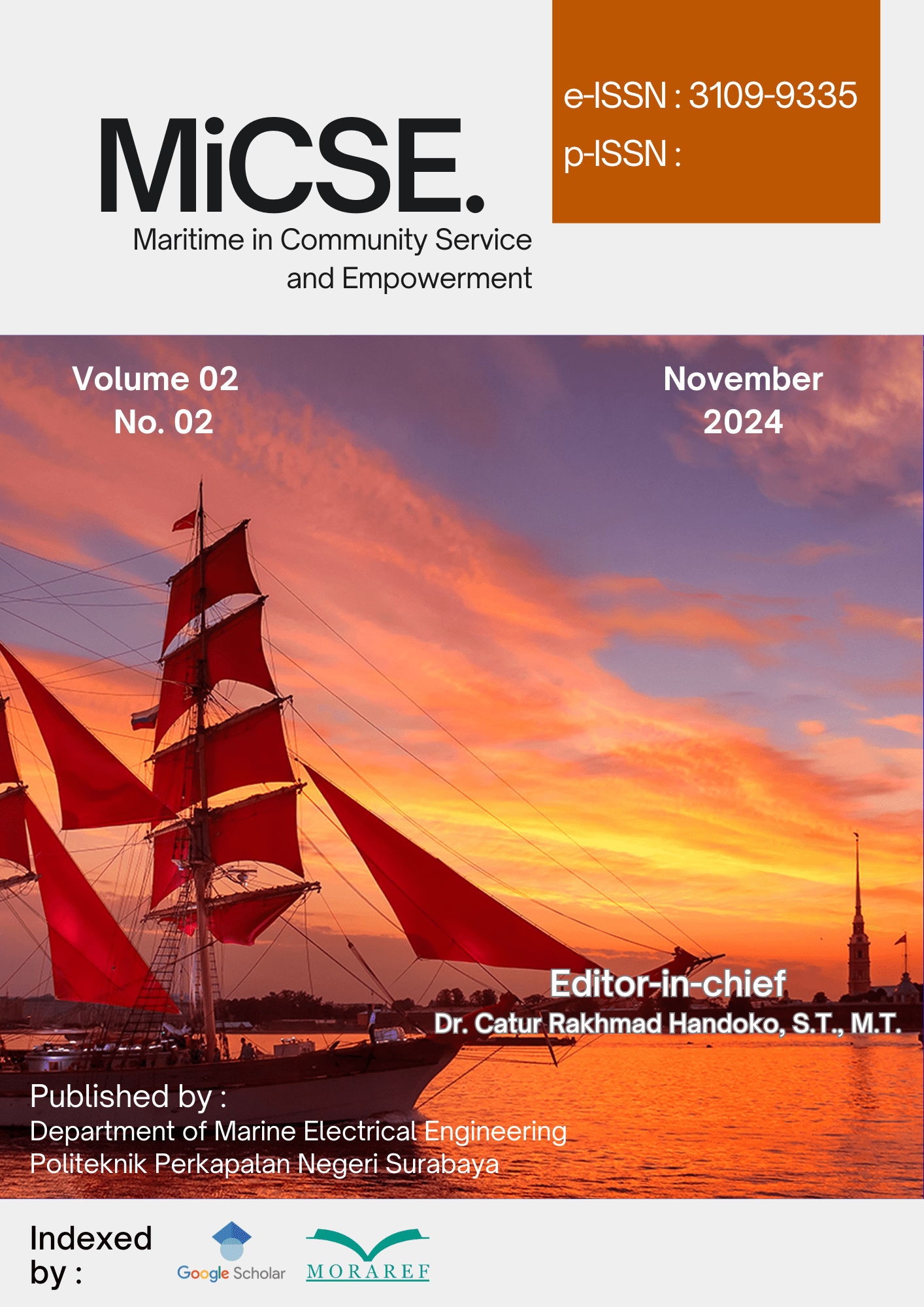Optimization of LQR and LQT Control Systems on PG 28 1:16 Carbon-brush DC Motors for Technological Capacity Building and Productivity in Agricultural, Educational, and Creative Industry Communities
Keywords:
MATLAB, Simulink, DC Motor, Control Systems, LQR, LQT, Community ServiceAbstract
DC motors are widely used for their high torque, and one of the key methods for optimizing their performance is through speed control. This study explores the use of wireless communication, specifically radio waves, to enable control systems without requiring direct line-of-sight between transmitter and receiver. The research investigates various configurations, including SISO, SIMO, MISO, and MIMO, to improve data transmission and channel capacity, with multiple antennas (4, 8, and 16) and an SNR range of 0–30 dB. The results demonstrate significant improvements in data rate and system reliability. Linear Quadratic Regulator (LQR) and Linear Quadratic Tracking (LQT) control strategies are applied to optimize the performance of DC carbon-brush motors (PG 28 1:16). LQR calculates an optimal input with a constant feedback gain matrix to stabilize the system, while LQT ensures the output follows a predefined trajectory. MATLAB Simulink is used for simulation and analysis. This research focuses on community service applications, showing how these control systems can benefit agricultural, educational, and creative industries. In agriculture, they can enhance irrigation systems to reduce waste and labor. In education, they provide hands-on STEM learning experiences in vocational schools. In the creative industry, motorized machines can increase productivity in small-scale manufacturing, such as textile production. The findings demonstrate how advanced control systems can drive technological capacity building and improve productivity across different sectors, contributing to sustainable development and local economic growth.



